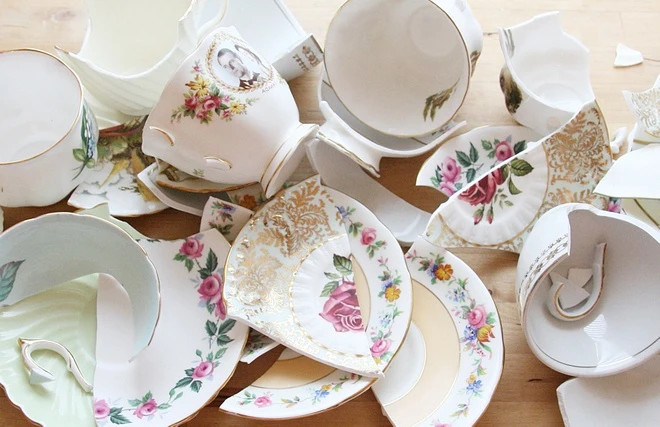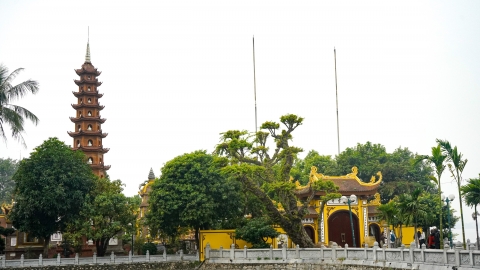Ecuador: Burning scarecrows
On New Year’s Eve, families in Ecuador gather outdoors to perform a ritual of lighting a “scarecrow” on fire. While burning a scarecrow can be scary and unsettling for many, in Ecuador it is considered a way to get rid of bad luck from the past 12 months, hoping to bring good luck and joy in the new year. Each family makes their own scarecrow out of newspaper and scraps of wood, then burns it outside their home.
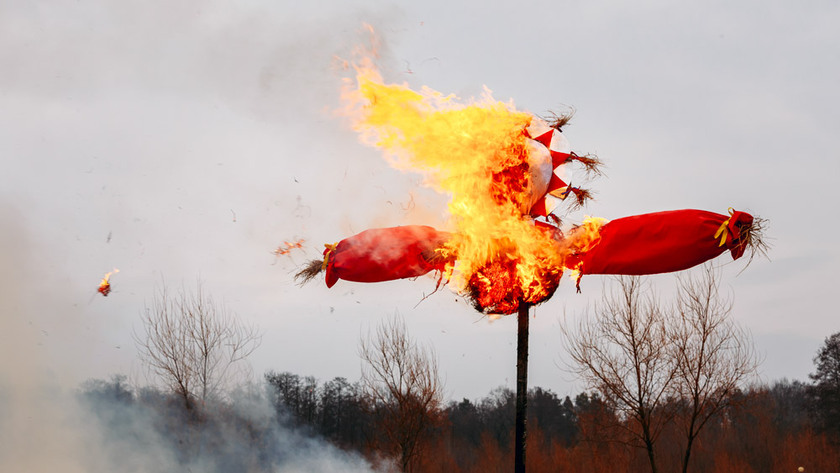
Burning scarecrows is considered a way to get rid of bad luck from the past 12 months.
Estonia: Eat 7 meals a day
According to tradition in Estonia, people try to eat seven meals on New Year's Day. They believe this will ensure a prosperous new year. If a man eats seven meals on New Year's Day, he will be as healthy as seven other men in the new year.
Nowadays, New Year's celebrations are a little different, especially in the capital Tallinn, where families often arrange plenty of alcohol and a variety of foods for their parties.

Eating seven meals on New Year's Day represents the wish for a full year.
Ireland: Place mistletoe under your pillow
If you’re looking to improve your love life in the new year, you might want to take a cue from the Irish, who place mistletoe under their pillows before going to bed on New Year’s Eve to ensure a better relationship. In Ireland, singles often place sprigs of mistletoe, holly, or ivy under their pillows and hope to find their soul mate soon.

The Irish "pray for love" by placing mistletoe under their pillows.
Chile: Celebrating New Year at the cemetery
Chileans have a special tradition of celebrating the New Year with their entire family and ancestors at the cemetery. This tradition is not really about good luck, but rather a chance for the family to gather and remember the dead. The tradition began 15 years ago when a family in the small town of Talca crossed the cemetery fence to celebrate the New Year near the grave of their deceased father.
Today, more than 5,000 people each year visit cemeteries, light candles, listen to classical music with loved ones they believe are waiting for them to come and share the joy of New Year's Day.
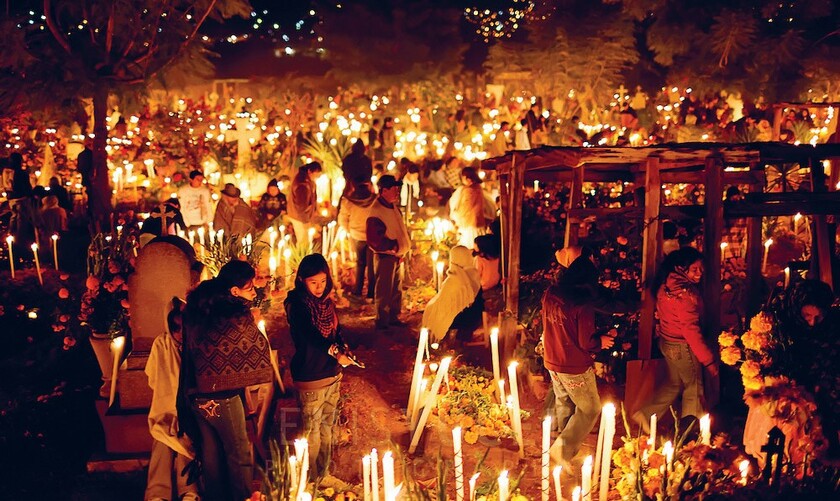
Chileans spend New Year's Day with and remembering their deceased loved ones.
Japan: Ring the bell 108 times
In Japan, the New Year, called Oshogatsu, is a time of great celebration and all businesses are closed. The Japanese often decorate the front door of their homes with pine or bamboo branches and strings. They believe that this decoration brings health, longevity and drives away evil spirits. The strings are often seen as symbols of happiness and good luck. Children often receive otoshidamas, or lucky money, on the first day of the New Year.
The Japanese often send New Year's cards to friends and hold New Year's parties to bid farewell to the old year and welcome the new. On December 31, temple bells are rung 108 times to ward off 108 misfortunes.
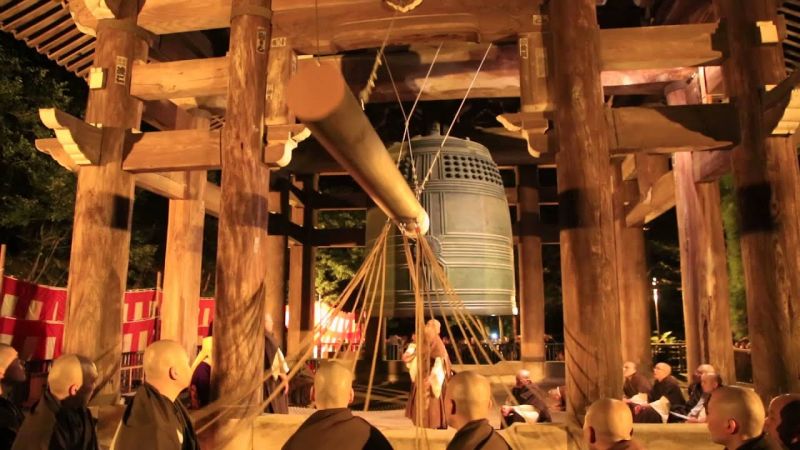
108 bells ringing means eliminating 108 misfortunes.
Denmark: Smashing the Plate
In Denmark, it is a fun tradition to jump off your chair when the clock strikes midnight, marking the start of the new year. Also, on New Year’s Eve, it is a tradition in Denmark to throw your old dishes at the doorsteps of people you wish good luck with in the new year. So if you wake up on New Year’s Day and find a pile of broken dishes on your doorstep, don’t be surprised – it’s actually a good omen. People in Denmark even take pride in the number of broken dishes on their doorsteps by the end of the night.
